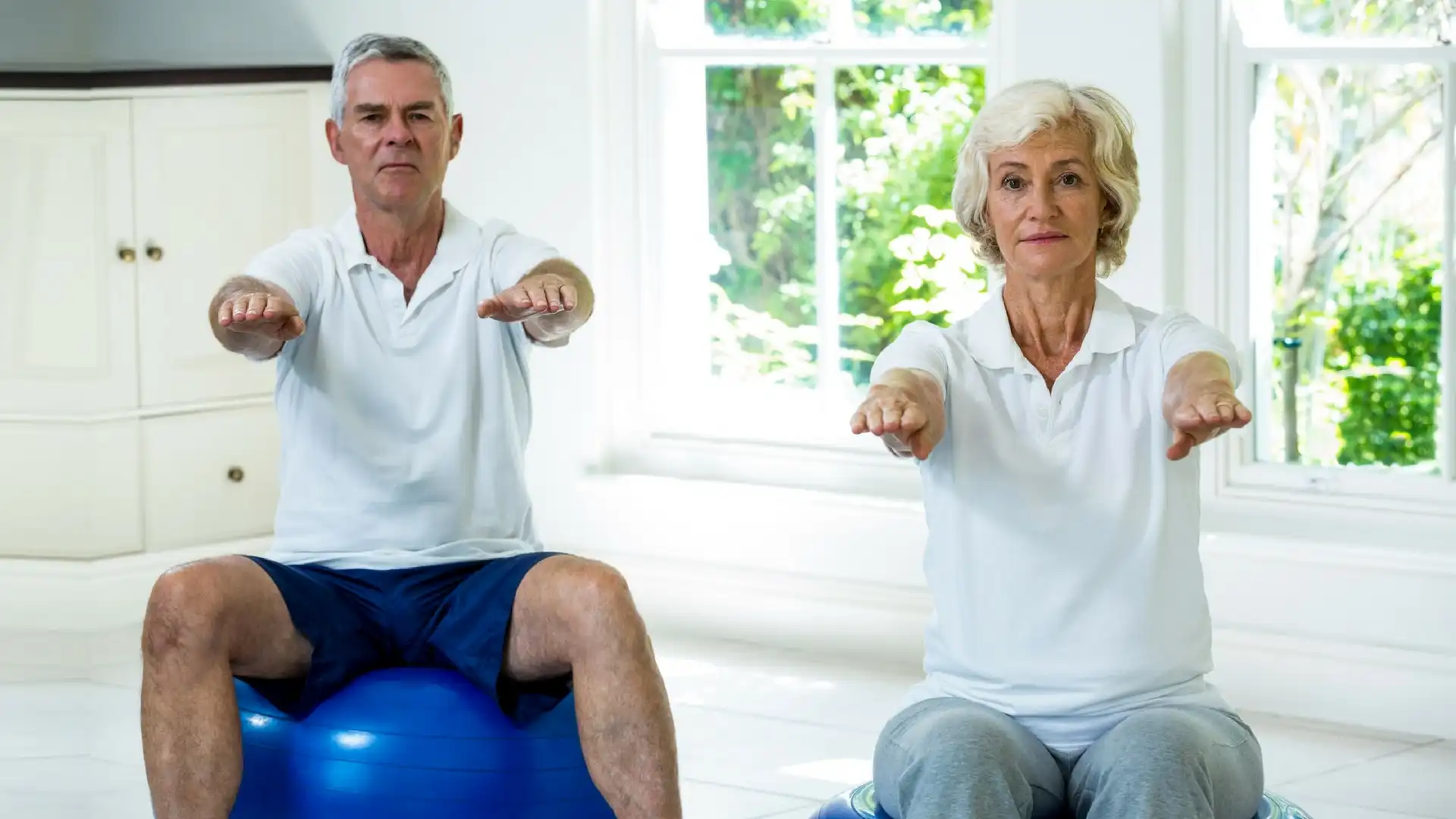Yoga for Osteoporosis: Reduce the Risk of Vertebral Fragility Fractures: Intervertebral Disc Integrity

Studies have shown that the weight-bearing capacity of the vertebrae—and, therefore, their ability to withstand loading—is linked to the integrity of the intervertebral discs. The vertebral discs act as shock absorbers that both facilitate movement and attenuate and disperse loading between the different segments of the spine, according to the Cleveland Clinic.
If the intervertebral discs lose integrity, abnormal load distributions may occur in adjoining vertebrae and contribute to vertebral fracture risk.
As we grow older, the discs lose water content, in turn reducing their integrity and ability to withstand force. Once this happens, greater mechanical loading may be transferred to the vertebrae of the spine.
Loads on degenerated discs are also transferred to different parts of the vertebral body, particularly the anterior part of the vertebrae, which has a lower threshold to loading. In short, loss of disc integrity may affect vertebral loading and contribute to fracture risk.
Take-away Lesson. Preserving the health of the intervertebral discs might help reduce vertebral fracture risk by preserving normal load distributions on the spine.
Are there ways to improve the health of the intervertebral discs or slow already existing disc degeneration?
Research indicates that spine movement may play a role in preserving disc health. The discs are the largest avascular structures in the body, i.e. they have no direct blood supply. Instead, nutrients are supplied to the disc cells via two routes: Firstly, via diffusion from the blood vessels around the exterior of the disc, and secondly, from fluid flow caused by pressure changes in the disc with variations in posture, i.e. movement of the spine.
In short, as with bones, intervertebral discs may benefit from dynamic, moderate, and varied weight-bearing exercise. According to a 2024 study published in Frontiers of Physiology, exercise could prompt the intervertebral disc space to generate negative pressure and reduce the pressure within the lumbar spinal interspace, among other benefits. Further findings from a 2017 study suggested that running may strengthen the intervertebral discs. More research is needed.
Yoga for Osteoporosis: 5 Ways to Reduce the Risk of Vertebral Fractures
With all that in mind, it’s not a stretch to suggest that low-impact exercises like yoga may be helpful as part of a comprehensive approach to osteoporosis management. Here are some additional resources:



